Nakayama is in between Narita And Haneda International Airport
<クッキーについての同意並び欧州居住者向けプライバシーポリシー>
中山・下総・散歩道
Ubayama Shell Mound Park(the National Historic Site)
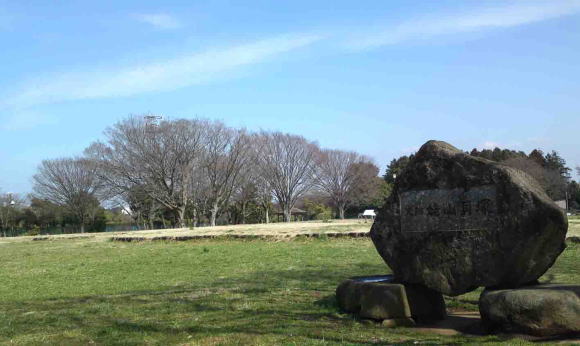
Ubayama Shell Mound Park was designed on the shell mound formed from Middle to Late Jomon period is very large plain field park in Ichikawa City. And Ubayama Shell Mound is famous for discovering the first complete remains of the pit house in Jomon period and it is a National Historic Site registered by the National Government. Some signs for explaining the mound stand for vistors to know what excavation found and how large the shell mound was. Ubayama Shell Mound Park is very wide open space to enjoy confortable feelings from the nature. It is a good place to drop on during your walking.
Ubayama Shell Mound(the National Historic Site)
Ubayama Shell Mound was formed between the Middle and Late Jomon period (5,000 - 3,000 years ago) on the plateau on the left bank of Ogashiwa river. This is a horseshoe-shaped shell mound, the site looks like the letter C layout. The length of the mound from east to west is about 130 meters and it is 120 meters from north to south. Like Horinouch Shell Mound also in Ichikawa city, the Ubayama Shell Mound also consists of more than thirty shell heaps, mainly comprising hamaguri clamshell (Meretrix lusoria) as well as Japanese littleneck (Ruditapes philippinarum) and shiofuki clamshell (Mactra veneriformis)Ubayama Shell Mound has been surveyed many times since 1893, and among these studies the excavation excursion staged by the Tokyo Anthropological Society in 1926 has the foremost importance. The research uncovered human remains, artifacts, and the remains of a fire hearth and a pit house. This was the first time in Japan that the horizontal projection of the pit house had been entirely depicted. As for human remains, skeletons of five people were unearthed in total; one child, two female adults and two male adults. These are seen as valuable samples. The skeletons were folded into each other on the floor of a single pit house as if there had been some kind of accident. During the following excavations, many pottery vessels were unearthed. These fall into the Otamadai, Kasori EI, Horinouch I, and Kasori BI types, among others ranging from Middle to Late Jomon period. Furthermore, many skeletons as well as accessories and pottery of unusual designs have attracted attention in what seem to have been a cemetery. To date, 39 sites of Jomon pit houses and 143 skeletons have been unearthed.
The excavation from Ubayama Shell Mound are preserved at the University of Tokyo, Nanzan University, Meiji University and Museum Of Antiques in Ichikawa City on the next to Horinouchi Shell Mound. Ubayama Shell Mound was registered as a National Historic Site by the National Government in August 17th of 1967.
市川市ホームページ
市川観光協会ホームページ
千葉県ホームページ
ウィッキペディア
'Dedarabo' (A Giant) And Ubayama Shell Mound
Dedarabo is a giant in Japanese mythology also called 'Daidarabocchi', 'Daidaranbo', 'Dairabo', 'Daidarabo', 'Dedarabocchi 'and 'Deirabocchi'. Dedarabo is a mythological giant which is handed down in many parts of Japan is introduced in Fudoki edited in Nara period.People living in the ancient ages wandered and imagined the existence of the giant when they saw the shell mound on the plateau farther away from the sea.
There are many spring ponds on the plateau around Ubayama Shell Mound, and it might be said that they would be footprints left by the giants, so the legend tells that the footprints of Dedarabo became ponds when they was moving on foot. The legend of giants has been handed down in Chiba prefecture and prefectures next to .
According to 'Daidarabo no Sokuseki' (The Footprints Of Daidarabo) written by Kunio Yanagida the founder of Japanese folklore, Kunio Yanagida stated in the book that Daidarabocchi comes from 'Daitarohoshi,' which is the combination of 'Daitaro' (ohito or a giant) and hoshi (man), and Daidarabocchi is the counterpart of Issunboshi (The Inch-High Samurai).
市川市ホームページ
The Location and Access to Ubayama Shell Mound Park
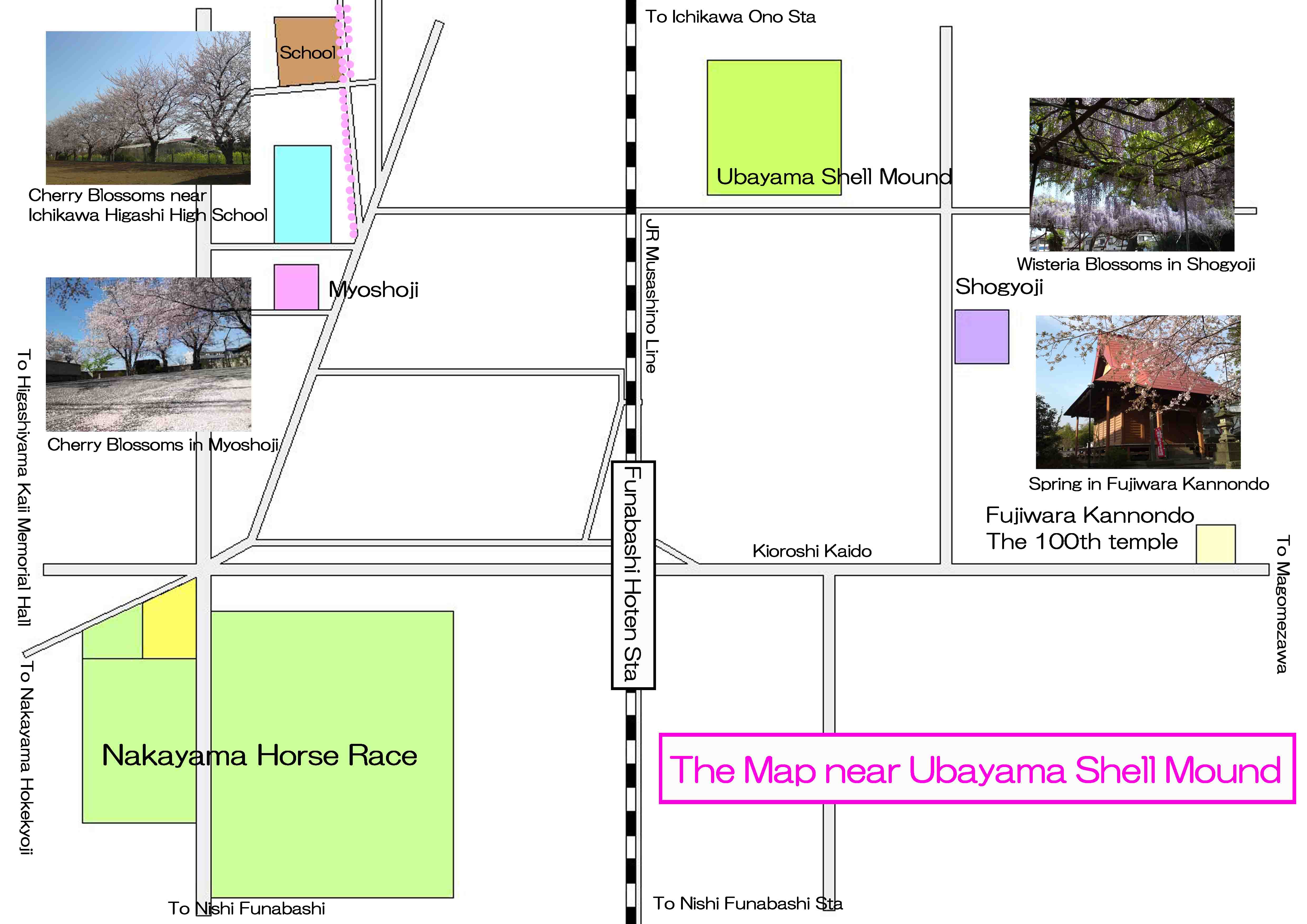
The map of the noted spots near Ubayama Shell Mound
PDF of the map of the landmarks near Ubayama Shell MoundUbayama Shell Mound Park
- 1-1212 Kashiwai-cho, Ichikawa-shi, Chiba-ken
- Ubayama Shell Mound Park has a great accessibility from both Narita and Haneda International Airport.
- From Narita International Airport, take JR Sobu-express line, transfer the line at Nishi-funabashi to Musashino Line bound to Fuchuhoncho or Higashi Tokorozawa, get off Funabashi Hoten Sta. And also take Hokuso Line, transfer the line at Higashimatsudo to Musashino Lline, get off Funabashi Hoten Sta. It takes minimally 50 minutes from Narita Airport.
- From Haneda International Airport, take Keikyu-line bound to Narita, transfer the line at Takasago Sta to Hokuso Line, and transfer the line at Higashi Matsudo Sta to Musashino Line, get off Funabashi Hoten Sta. It takes almost 1 hour from Haneda Airport.
- From Tokyo Sta, take Musashino Line bound to Fuchuhoncho or Higashi Tokorozawa, get off Hunabashi Hoten Sta. It takes about 25 minutes from Tokyo Sta.
- From Akihabara Sta, take Sobu line bound to Chiba, Tsudanuma or Nishi Funabashi, Ttransfer the line at Nishi Funabashi to Musashino Line bound to Fuchu Honcho or Higashi Tokorozawa, get off Funabashi Hoten Sta.
- Take 15 minute walk from Funabashi Hoten Sta.
The Landmarks Neighbor Of Ubayama Shell Mound
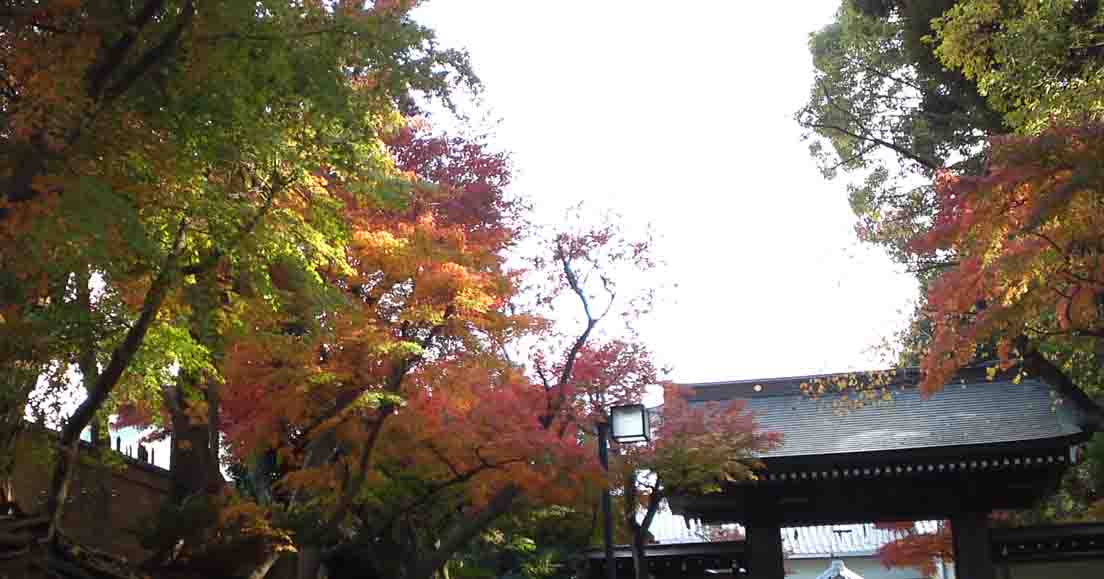
Tacchue Temples and the Branch Temples in Nakayama Hokekyoji
Some of the tacchu temples are introduced in this page.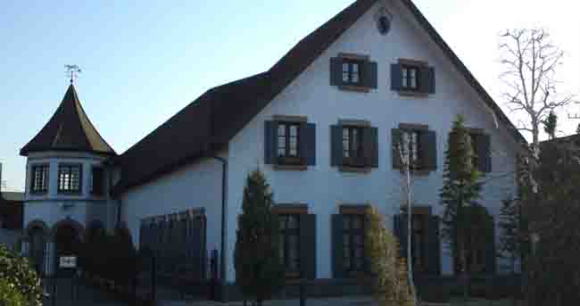
Higashiyama Kaii Memorial Hall
This small gallary has wonderful works of the great painter Kaii Higashiyama lived in Nakayama.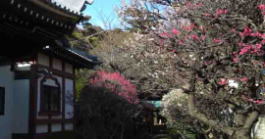
Nakayama Oku-no-in
Nichiren had preached first time at the Oku-no-in. Later, Jonin Toki built a temple named 'Hokke-ji'. There are several ume trees blooming beautiful ume blossoms in spring silently.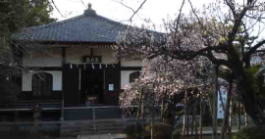
Onju-in Temple
Onjuin Temple is famous for the temple to deliver the Nichiren Sect's traditional style of ascetic practices. Tokugawa, Maeda and many people faithfully has believed for ages.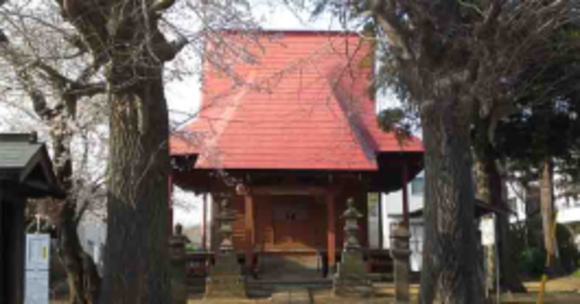
Fujiwara Kannondo Hall
Fujiwara Kannondo Hall has the legend of the great swordsman Mushashi Miyamoto, sometimes it was his hideaway.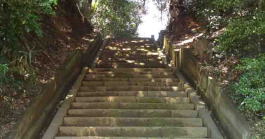
Shogyoji Temple
It preserves the seated statue of Nichiren and Yosobei Kajikawa's mementoes. It also has the side story of The Forty-Seven Ronins.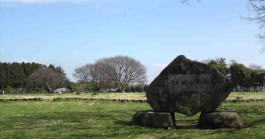
Ubayama Shell Mound
This shell mound designated as the National Historic Site and was formed from middle to late Jomon period.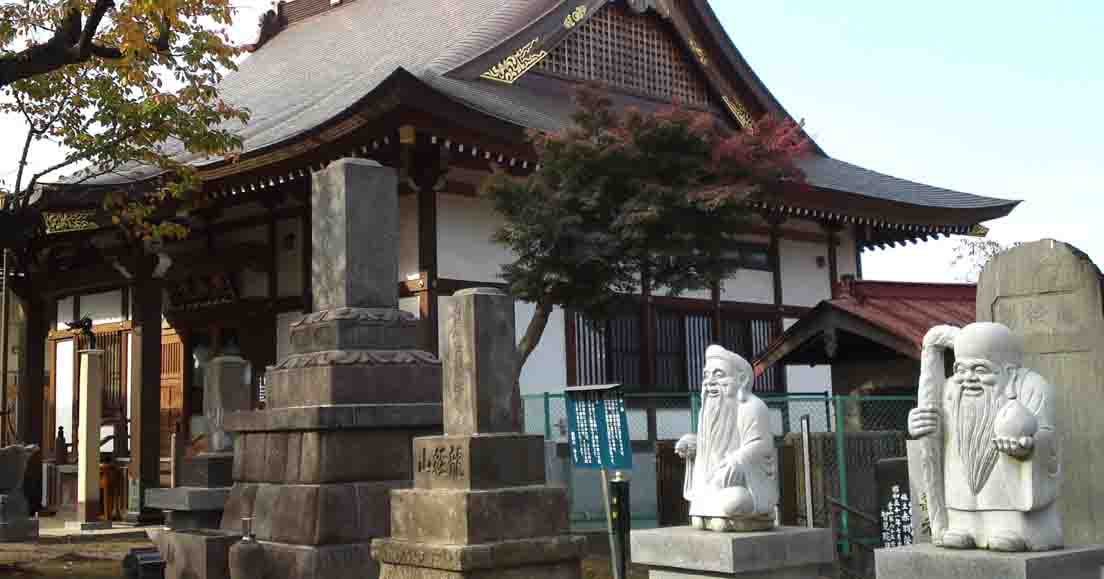
Ryukyosan Myoshoji Temple
The sacred temple covered with holy cherry trees is famous for the legend of Seven Sutra Mound and Shichifukujin in Ichikawa.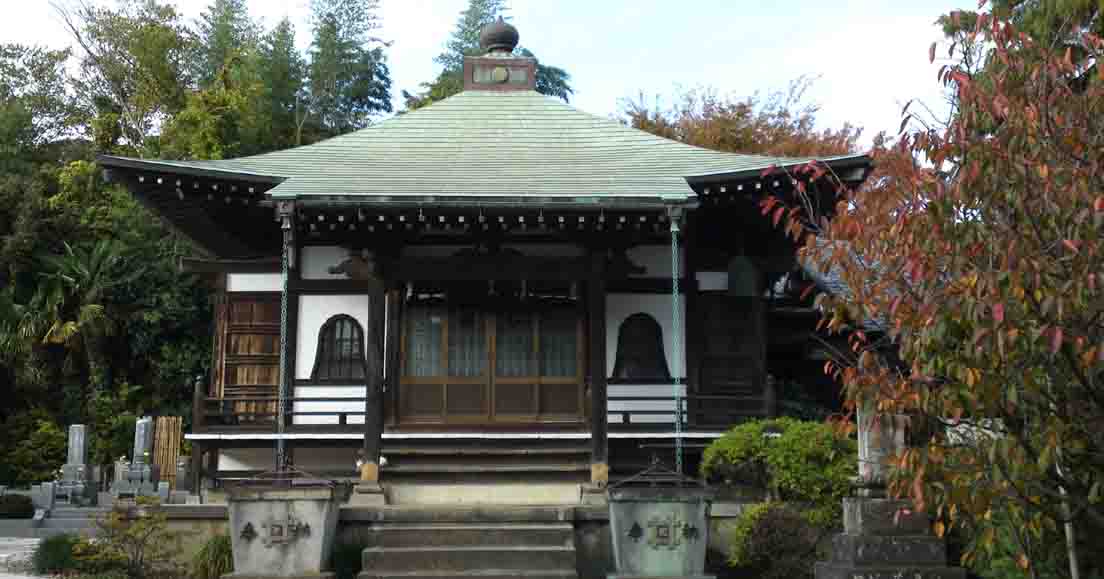
Homensan Anrakuji Temple
The first nunnery of Nichiren Sect built by the Princess Tokiwai, the legend said ther daughter of the Emperor drifted to Ichikawa.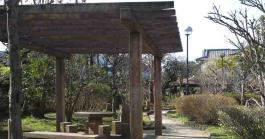
Seikaen Garden
A peaceful place to rest on the way to Nakayama Hokekyoji Temple is Seikaen. It has the branch office of the city hall.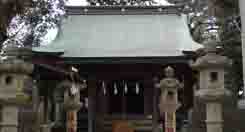
Awa Jinja Shrine
It has the legend of the young samurai Hirotsugu Satomi.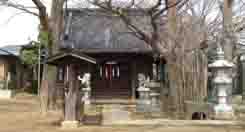
Takaishigami Jinja Shrine
The shrine related to the battles of Konodai in Sengoku Period.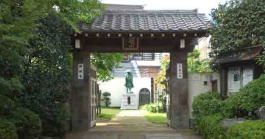
Shinmeisha Shrine and Shinmeiji Temple
They have their long history and the legend of Oguri Hangan.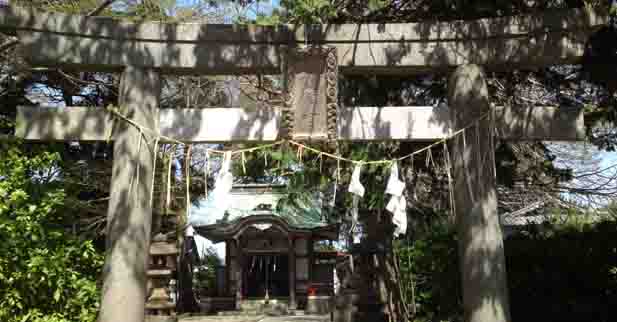
Wakamiya Hachimangu Shrine
A small shrine relates to the Founder Nichiren, Nichijo and the Prince Yamato Takeru.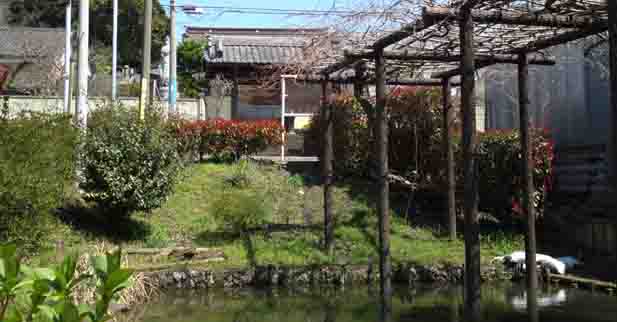
Tamonin Temple and the Futago Fuji Pond
They are related to the Founder Nichiren.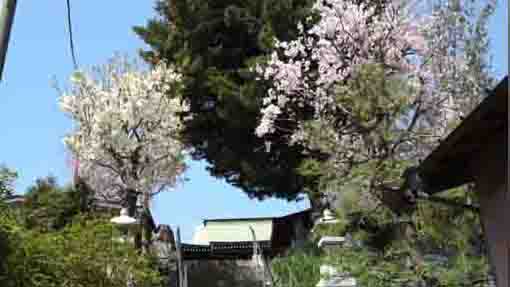
Myoken Jinja Shrine in Terauchi
This shrine is the guardian deity of this town and Kafu Nagai, a famous writer, had visited.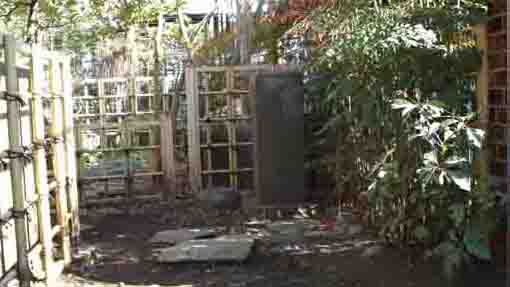
Kazura no I well in Katsushika
A well became famous as Kafu Nagai introduced in his essay.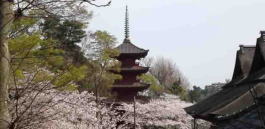
Nakayama Hokekyoji Temple
Visitors could enjoy seeing cherry blossoms and cultural properties.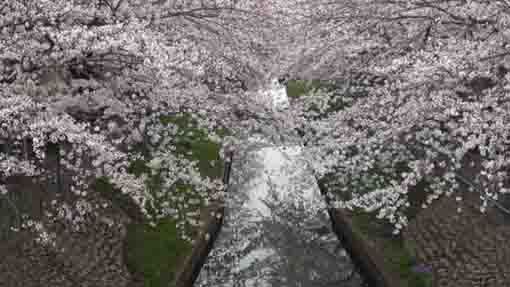
Cherry trees along Mamagawa River
The Mama-gawa River is the very famous spot to enjoy seeing the blooming Cherry Blossoms.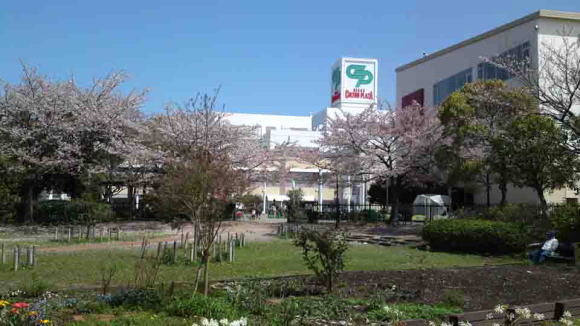
The Area Around Nikke Colton Plaza
Nikke Colton Plaza and some landmarks around are attractive and exciting to walk on.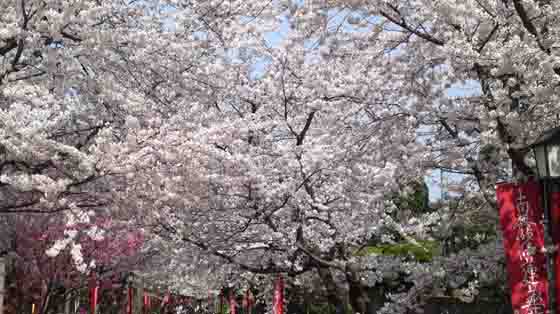
The Popular Viewing Sakura Spot / Nakayama Hokekyoji Temple
It is very popular viewing sakura spot and thousands of people visit and enjoy seeing sakura.- 広告 Advertisement -
